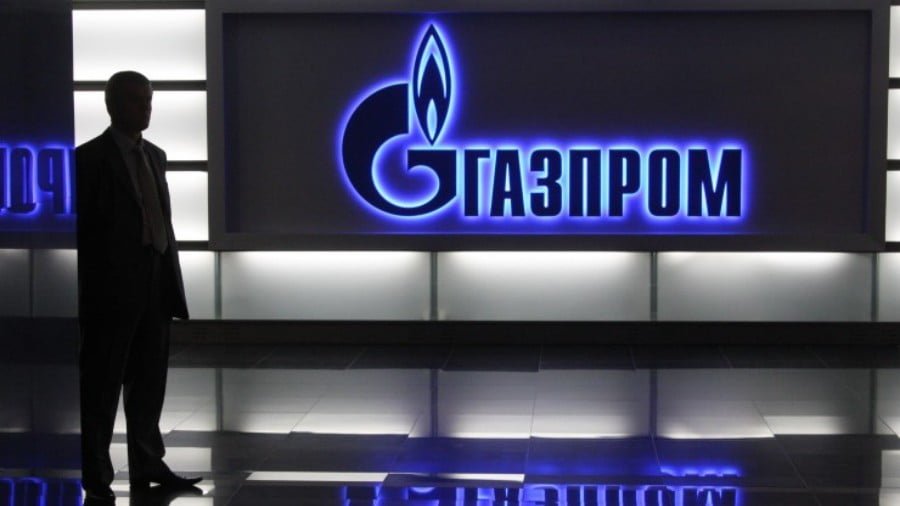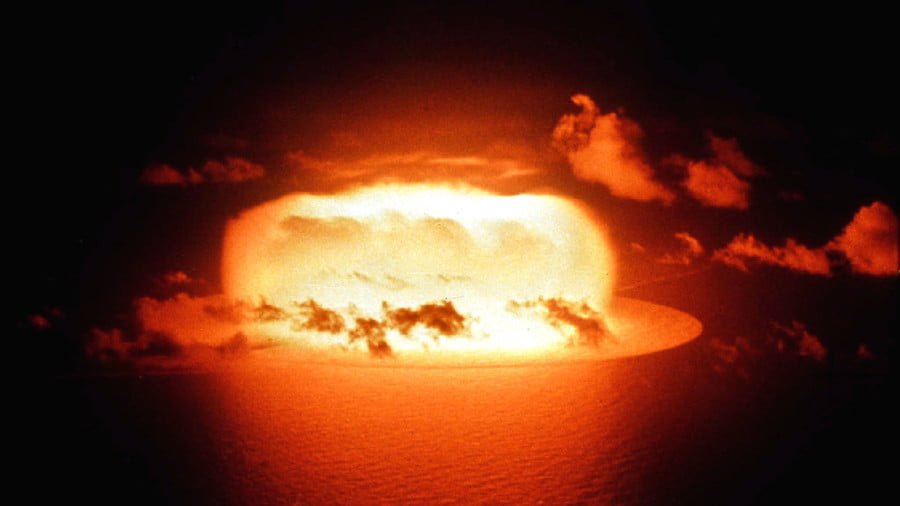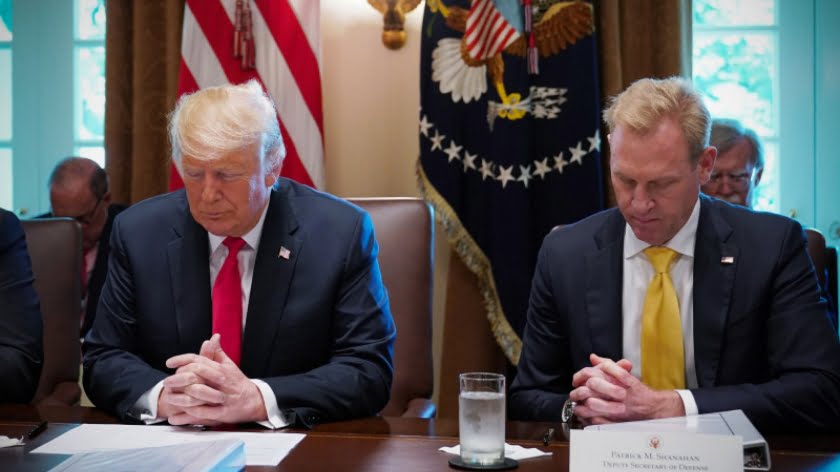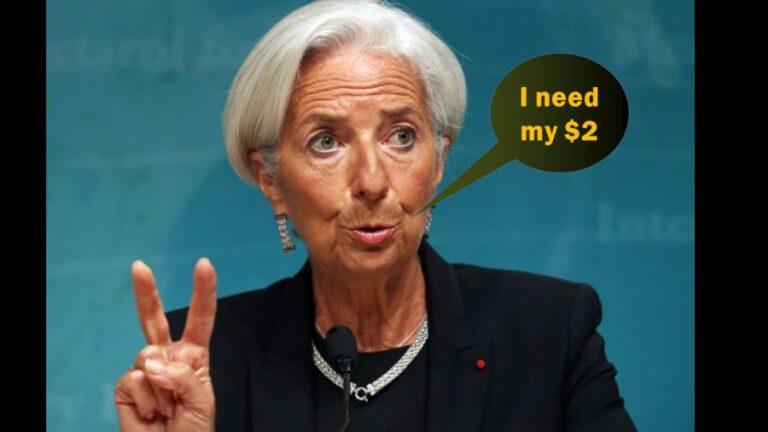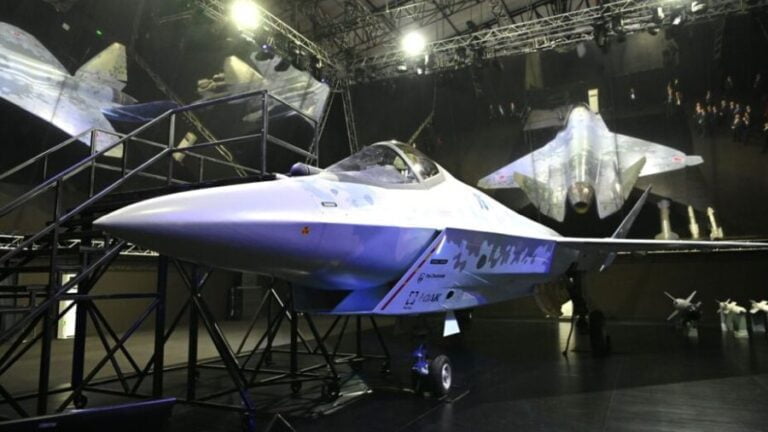Washington’s Gas War agaisnt Russia is Picking Up Steam
It is clear that Washington is doing everything it can to cast a blow to the Russian economy, while putting a particular emphasis on wrecking its gas trade. So, it one won’t be surprised to learn that every effort is taken to disrupt the construction of new gas pipe lines that would allow Moscow to export Russian gas to the EU by alternative routes, while bypassing Ukrainian gas hubs. There’s two such projects being implemented Nord Stream 2 and TurkStream.
On May 29, Baku hosted the official opening ceremony of Southern Gas Corridor (SGC) that should be transporting gas from the Azeri Shah Deniz gas fields to Europe. The sitting president of Azerbaijan, Ilham Aliyev who was present at the ceremony publicly announced that Washington had been supporting the construction of SGC in front of representatives of the United Kingdom, the United States and Western oil and gas companies. Yet, it is not entirely clear what this so-called support with anything, since the United States in no way related to both TANAP and SGC. It’s estimated that SGC should be transporting 10 billion cubic meters per year of Azeri gas through the trans-Anatolian pipeline (TANAP) from the Caspian region, through Georgia to Turkey and then Europe. There’s a strong political component behind this pipeline, as it going to reduce the amount of Russian gas that will be exported TurkStream that is now under construction, forcing Moscow to continue pumping its gas through unprecedentedly-hostile Ukraine.
According to European reports, the total cost of the construction of Southern Gas Corridor reaches 40 billion dollars. It is expected that the Trans-Anatolian gas pipeline (TANAP) will open on June 12, bring first cubic meters of Azeri gas to the Old World. Apparently, this event is cynically timed to coincide with the National Day of Russia. And no matter how Ankara tried to demonstrate its negative attitude towards ongoing US policies in the region, while making loud statements about its commitment to its cooperation with the Russian Federation, in really things look very different. By now, the new Azeri pipeline will be supplying gas for Turkey’s domestic consumption, as the actual transportation of this gas to Europe is tied with the construction of the Nabucco and TANAP gas pipelines. Nevertheless, Europe is going to get its SGC, with TANAP playing pivotal role in the implementation of the whole project. The issue is not even the Azeri gas itself as 10 billion cubic meters of gas per year on top of another 6 billion cubic meters for the Turkish make doesn’t change the overall picture. However, TANAP allows Europe to gradually start getting deliveries from other countries: Iran, Iraq, along with such Central Asian countries as Turkmenistan and Kazakhstan.
And this moment is critical for Gazprom’s grand strategy. If gas supplies from Iran and Iraq to the EU are not yet possible due to Washington’s anti-Iran sanctions and the military-political situation in Syria and Iraq, things are not nearly as dramatic in Central Asia.
There’s a peculiar aspect to this whole situation, as the gas that is being transported through Ukraine to both southern and partly central Europe is the Central Asian gas that was bought by Gazprom and then resold to Europeans. The monopolistic position that Gazprom occupies lies in the fact that it owns the sole and only pipeline that is capable of transporting large volumes of gas, which makes Gazprom a master of the Central Asian gas. For sure, this situation doesn’t make both Kazakhstan and Turkmenistan particularly happy, since they are forced to hand over their gas to the monopolist, which keeps buy prices extremely low. But until now there’s been no real alternative. Now there’s one, as the two states can now transport their gas along two routes – through Azerbaijan and Turkey, and through Russia and Ukraine.
There’s a good reason why Washington has recently stepped up its political meddling in Central Asia, pushing local players into obtaining more independence from Russia. Both Kazakhstan and Turkmenistan have been looking for options that would allow them to get rid of their dependence on Gazprom’s pipline, and the Southern Gas Corridor offers them exactly that. But there is a problem: should the gas produced in Central Asia start reaching European markets without Gazprom playing a part in the process, the issue of Ukrainian transit and the share of Gazprom on the European market will be closed by itself. There will be no gas to get pumped, it’s as simple as that. The current supply chain was created back in the Soviet times and was designed to supply the powerful advanced Soviet industry, with supplies to Europe being a secondary concern. But now a certain percentage of gas is exported due to a fall in production in the Russian Federation and the former Central Asian republics that was provoked by the collapse of the USSR. Naturally, the changing landscape creates conflict situations. It can be safely stated that SGC means a disaster for Gazprom, which is now losing its monopolic position as the only company capable of transporting gas from Central Asia.
Now a new situation arises: in addition to the perceived political pressure from the US, which is trying to gain a share in the European market, Gazprom potentially begins to lose both its volumes and position as the main gas supplier to the EU. This whole market can be described as a highly competitive environment. Naturally, all this will changes will not occur within a couple of weeks. The approximate date for the beginning of the transformation of the entire supply chain is 2020-22. However, it is already clear that Gazprom will not be able to maintain current volumes and revenues. Therefore, it continues throwing huge resources into the construction of expensive pipeline projects from the state budget in a situation when the latter is weakened by the economic crisis and Western sanctions.
By the way, SGC in no way benefits Ukraine, since it bypasses its transportation hubs just as easily as Gazprom’s new projects do. Should Kazakhs and Turkmens eventually leave for TANAP, then the crumbling Ukrainian economy will be brought to a standstill. However, Kiev seems to be more interested in inventing ways in which in can hurt Moscow instead of thinking about its own future.
But now it seems those that were saying that it pours when it rains were right all the way, as Gazprom facing new challenges with its Nord Stream 2. In pursuance of the decision of the Stockholm Arbitration Court, Ukranians have been trying to seize the assets of Gazprom’s subsidiary company Nord Stream AG in Switzerland. The exact same company that remains the operator of the Nord Stream-2. A week ago, US Secretary of State, Mike Pompeo announced that Washington was going to drive a stake through the heart of Gazprom’s Nord Stream 2. It is no coincidence that President Vladimir Putin announced at a press conference following talks with Bulgaria’s Prime Minister Boyko Borissov that:
The construction of Nord Stream 2 is being actively discussed now. How much gas it will deliver is a question, what gas volume will be delivered through Ukraine, and are we ready to preserve the Ukrainian transit, is a question of how much our customers will need now and in the near future.
To put it another way, the moves in this party are already being made by all the parties concerned, with the United States and Ukraine approaching possible negotiations from an extremely aggressive angle, while Moscow no longer announces the complete termination of Ukrainian transit in the future, since there’s a discussion about volumes of the possible transit. Russia’s negotiating positions in the gas sector have recently been weakened by a number of objective factors. The first factor is the development of the military-political situation in Syria. The military tasks to take the Syrian-Turkish border under control and the creation of a counterbalance to the Turkish armed forces from Kurds militant units in Afrin has not been achieved and will not be achieved in the future. Accordingly, Ankara refused to discuss the Turkish flow project in the context of three strings being constructed, yet not even a single string has been agreed upon today. In addition, it turned out that ISIS hasn’t been completely defeated, switching to conducting guerilla warfare against Damascus.
The second factor is the position of the US and the pressure it applies on Europe, which ultimately resulted in Merkel’s ultimatum to Putin – the construction of Nord Stream 2 can be carried on only with the preservation of Ukrainian transit. The third factor is the launch of TANAP and the upcoming launch of the Southern Gas Corridor, which, of course, which is still hardly looks like an actual pipeline, it is rather a pipe running gas for the domestic Turkish market, but in general the project still looks more advanced than Russia’s alternative routes. The fourth factor is the legal proceedings that have started with the arrest of Gazprom’s assets, and it affected the most crucial part of the project – the operator of the Nord Steam 2. Most likely, the arrest will be contested in court, but this will take time, and the reaction of shareholders can be predicted as extremely negative until the point they take a decision of withdrawing from the project.
Other problems are expected, although it is not yet possible to predict with certainty the time of their occurrence. Central Asian countries – Kazakhstan and Turkmenistan – can declare that they want to be a part of the Southern Gas Corridor, to be later joined by Iraq, Iran, Qatar, which will significantly strengthen the positions of the Azeri operator and most importantly – deprive Gazprom of Central Asian gas.
Against this background, Moscow is approaching negotiations on a new transit agreement with Ukraine, when Germany has taken an unshakable position of the Ukrainian transit being preserved at all costs. It is clear that under such conditions, the initial proposals of Kiev, supported by the United States, will be extremely harsh. Even under normal conditions, such negotiations would make anybody puzzled, but since there’s a long list of disputes between Moscow and Kiev over Crimea and Donbass, it couldn’t get any more difficult than this.

